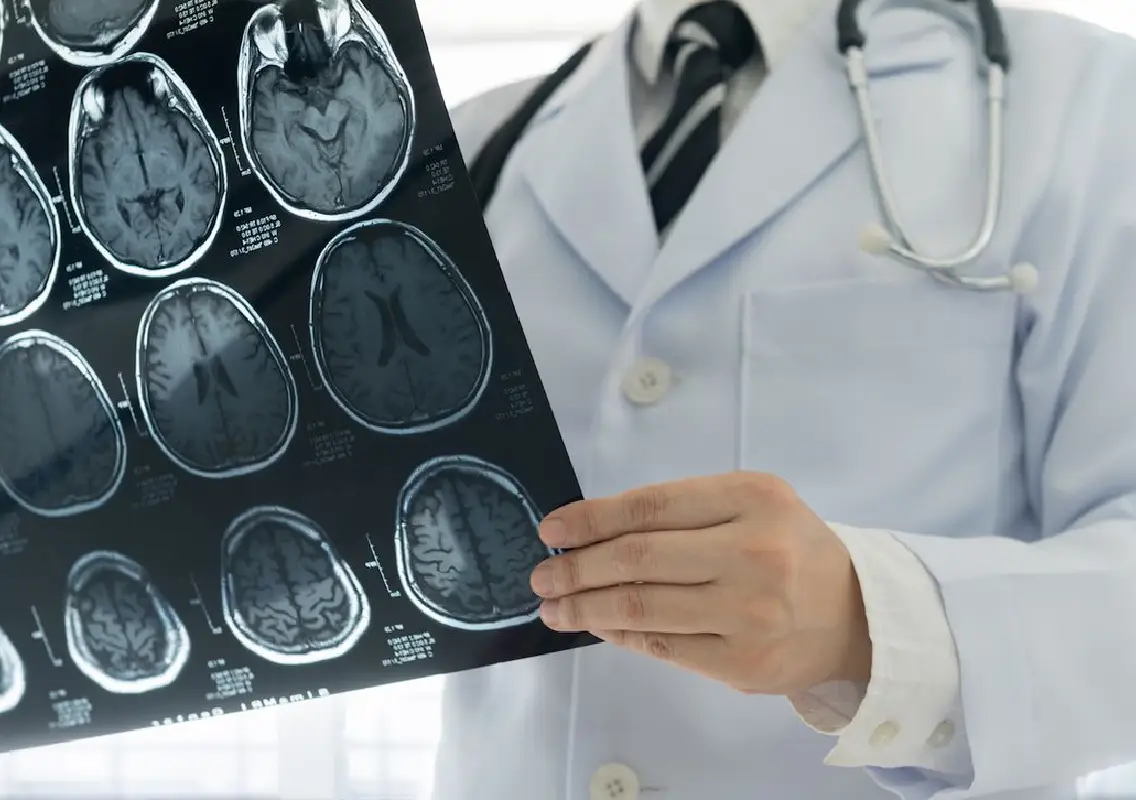By News Karnataka
Copyright newskarnataka

Kerala health authorities are on high alert after an alarming surge in Primary Amoebic Meningoencephalitis (PAM), a rare but deadly brain infection caused by Naegleria fowleri, commonly known as the “brain-eating amoeba.” This year, the state has recorded 69 confirmed cases and 19 deaths, with many fatalities reported in the past few weeks.
Rising concern across Kerala
Health Minister Veena George described the outbreak as a “serious public health challenge.” Unlike previous years, when cases were concentrated in districts like Kozhikode and Malappuram, infections are now appearing sporadically across the state. Patients range from a three-month-old infant to a 91-year-old, underlining how no age group is immune.
“Unlike last year, we are not seeing clusters linked to a single water source. These are isolated cases, and this has complicated our epidemiological investigations,” Ms George said.
What is PAM and how does infection occur?
According to official documents, PAM affects the central nervous system by destroying brain tissue, leading to severe swelling and, in most cases, death. The infection typically occurs when contaminated water enters the body through the nose during activities such as swimming or diving in warm, stagnant freshwater. Importantly, consuming contaminated water orally does not cause symptomatic disease.
The amoeba travels through the olfactory mucosa and cribriform plate directly to the brain, causing rapid neurological damage.
Climate change and rising risks
Experts warn that climate change is intensifying the threat, with higher temperatures raising freshwater body temperatures and encouraging recreational water use. This increases human exposure to the deadly pathogen.
The infection, however, does not spread from person to person, which narrows the scope of transmission but still leaves frequent swimmers and divers vulnerable.
Symptoms that mimic meningitis
One of the most dangerous aspects of PAM is its diagnostic difficulty. The infection’s symptoms—headache, fever, nausea, and vomiting—closely resemble bacterial meningitis.
By the time PAM is suspected, the infection often progresses to fatal cerebral oedema. Symptoms usually appear within one to nine days of exposure, with rapid deterioration in as little as 24 to 48 hours.
Treatment challenges and survival rates
Globally, PAM has an extremely high mortality rate. Survivors in the past six decades were diagnosed early, before the infection reached critical brain stages.
Kerala’s health department emphasised that “early detection is key.” Theoretical treatment includes a combination of amebicidal drugs capable of crossing the blood-brain barrier, but delayed diagnosis remains the biggest hurdle.
“The rarity of the disease, fulminant clinical course, and lack of rapid diagnostic tools have hampered effective evaluation of drug regimens,” the state health document stated.
Kerala’s first line of defence
Kerala reported its first PAM case in 2016. From then until 2023, only eight cases were recorded. However, 2024 saw a sudden spike of 36 cases and nine deaths, followed by this year’s alarming rise to 69 cases and 19 deaths.
The state government has now issued urgent public advisories:
Avoid swimming or bathing in stagnant, untreated freshwater sources like ponds and lakes.
Use nose clips when entering freshwater.
Ensure proper cleaning and chlorination of wells and water tanks.
Environmental surveillance underway
The Kerala health department, with support from the National Centre for Disease Control (NCDC), has begun environmental sampling to identify potential contamination sources. Authorities are also working on awareness drives to encourage people to seek immediate medical care if they develop meningitis-like symptoms after water exposure.
With fatalities rising, Kerala faces a mounting health challenge from a pathogen both rare and deadly. While the disease cannot spread between people, the sharp increase in cases highlights the need for public vigilance, preventive measures, and faster diagnostic protocols. For now, authorities are urging caution, stressing that avoiding unsafe water exposure remains the most effective protection.



